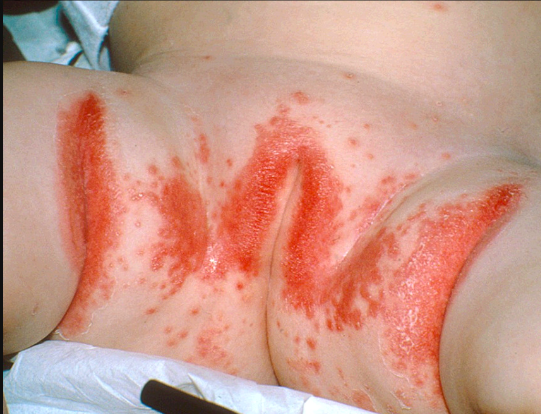Fever and rash in infants can be concerning, as they may be signs of a variety of conditions ranging from benign and self-limiting to serious or life-threatening. The causes can be broadly categorized into infectious, allergic, and other causes. Here’s an overview:
- Infectious Causes
- Viral Infections:
- Measles
- Rubella
- Roseola (herpes virus 6 and 7),
- Erythema infectiosum (parvovirus B19 – slapped cheek)
- Hand-foot-mouth disease (coxsackievirus)
- Varicella (chickenpox).
- Herpes simplex virus infections.
- Bacterial Infections:
- Meningococcemia and other invasive bacterial infections, which may cause petechial or purpuric rashes and are medical emergencies.
- Scarlet fever caused by Streptococcus pyogenes, presenting with a sandpaper-like rash and fever.
- Staphylococcal and streptococcal skin infections.
- Peri-anal streptococcal dermatitis (DDx Nappy rash)
- Fungal Infections:
- Candida nappy rash, especially in the setting of recent antibiotic use.
- Parasitic Infections:
- Scabies, presenting with a rash predominantly on the hands and feet.
- Viral Infections:
- Allergic Causes
- Drug Reactions:
- Antibiotics and other medications can cause rashes like urticaria or more severe reactions such as Stevens-Johnson syndrome.
- Food Allergies:
- Common food allergens, like milk, eggs, peanuts, can sometimes cause rash and fever.
- Environmental Allergens:
- Reaction to soaps, lotions, or detergents.
- Drug Reactions:
- Other Causes
- Autoimmune and Inflammatory Disorders:
- Juvenile idiopathic arthritis or other rheumatologic conditions.
- Vasculitic Syndromes:
- Kawasaki disease, which is characterized by prolonged fever, rash, red eyes, and involvement of the mucous membranes and extremities.
- Henoch-Schönlein purpura, presenting with a palpable purpuric rash and abdominal pain.
- Genetic Disorders:
- Familial Mediterranean fever or other hereditary fever syndromes.
- Autoimmune and Inflammatory Disorders:
- Diagnosis and Management
- History and Physical Examination:
- Detailed history including onset, pattern, and progression of the rash.
- Assessment of other symptoms like cough, runny nose, vomiting, diarrhea, or joint pains.
- Examination of rash characteristics (e.g., color, elevation, distribution, blanching).
- Laboratory and Imaging Studies:
- Depending on the clinical scenario, may include complete blood count, blood culture, urine analysis and culture, CSF analysis in cases of suspected meningitis, chest X-ray, etc.
- Management:
- Based on the underlying cause.
- Supportive care for fever and hydration.
- Specific antimicrobial therapy for bacterial infections.
- Hospitalization for serious cases like meningococcemia, Kawasaki disease.
- History and Physical Examination:
- Referral:
- Immediate referral to pediatric emergency care in cases of suspected serious bacterial infection, Kawasaki disease, or other severe conditions.
- Dermatology or pediatric infectious disease specialist consultation for complex cases.
- Parental Guidance
- Caregivers should monitor the infant’s general behavior, feeding, and hydration status.
- Fever management strategies include appropriate clothing, tepid sponging, and antipyretics as advised.
- Importance of timely medical evaluation for fever with rash, especially if the infant appears ill or if the rash is petechial or purpuric.
In summary, fever and rash in an infant require careful evaluation to determine the underlying cause, with particular attention to signs that might indicate a serious condition. Timely medical assessment is crucial to ensure appropriate management and intervention.
https://www.nhs.uk/conditions/rashes-babies-and-children/
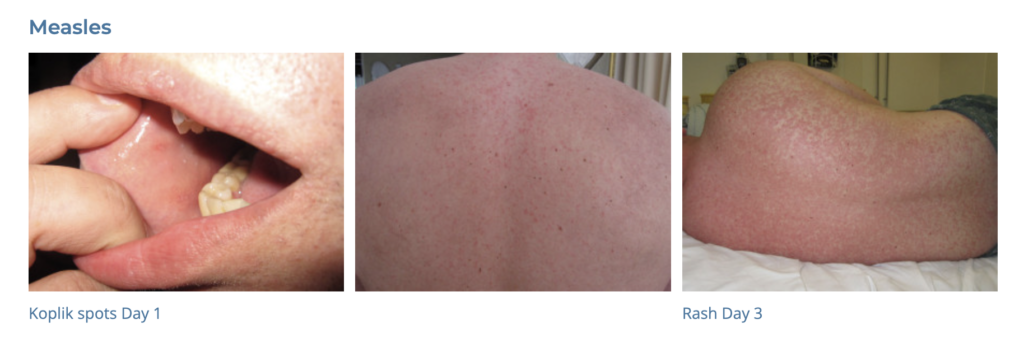
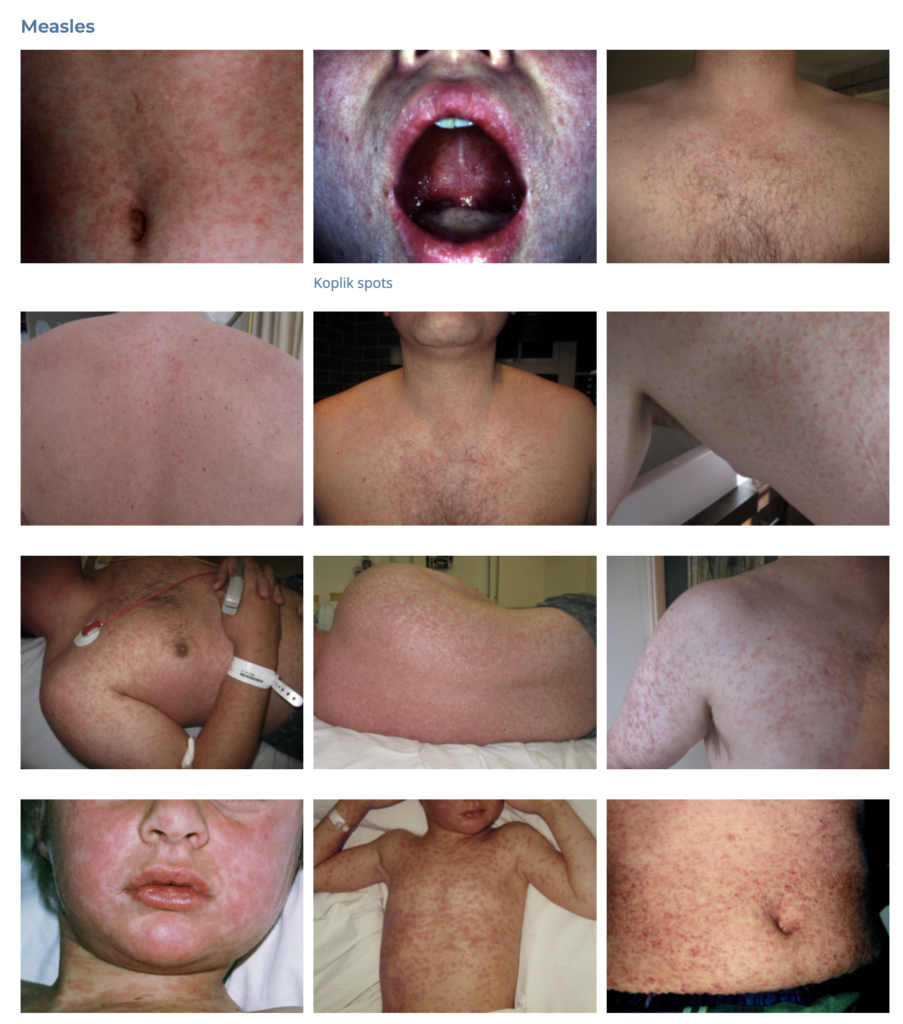
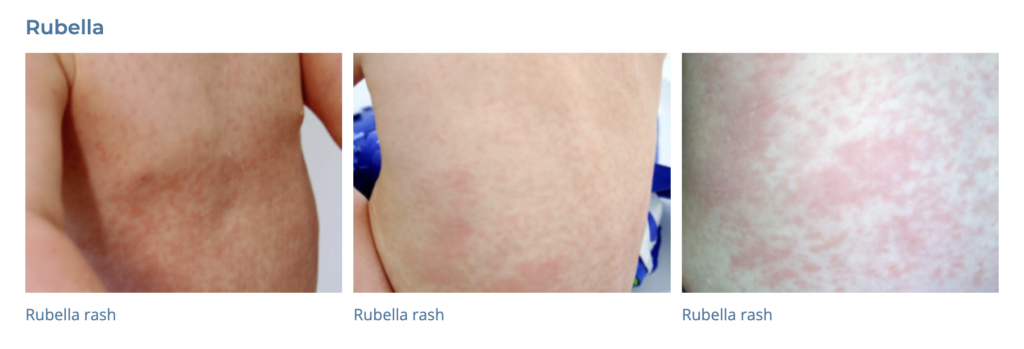


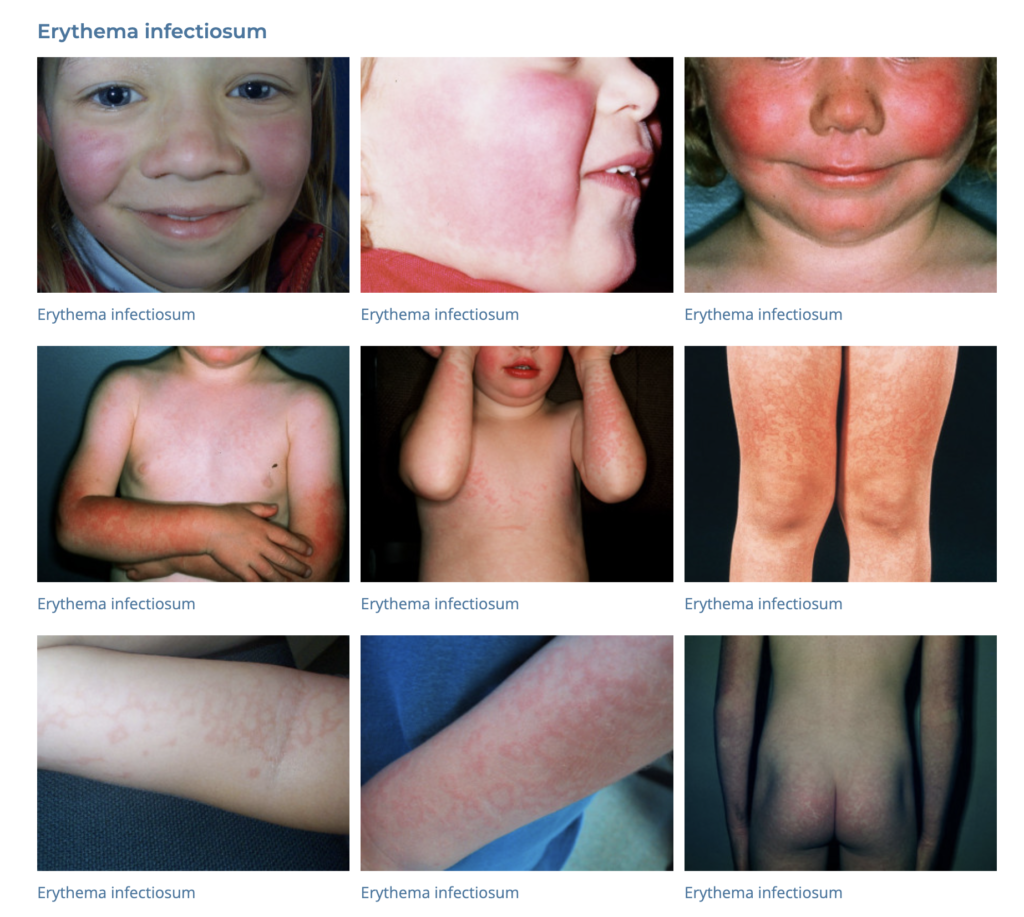
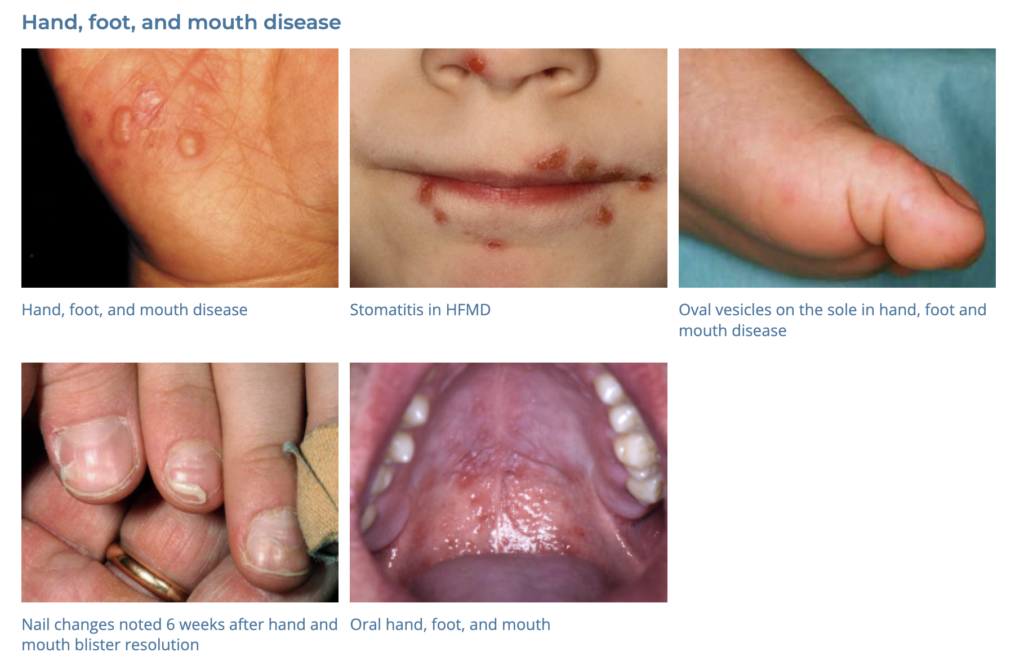

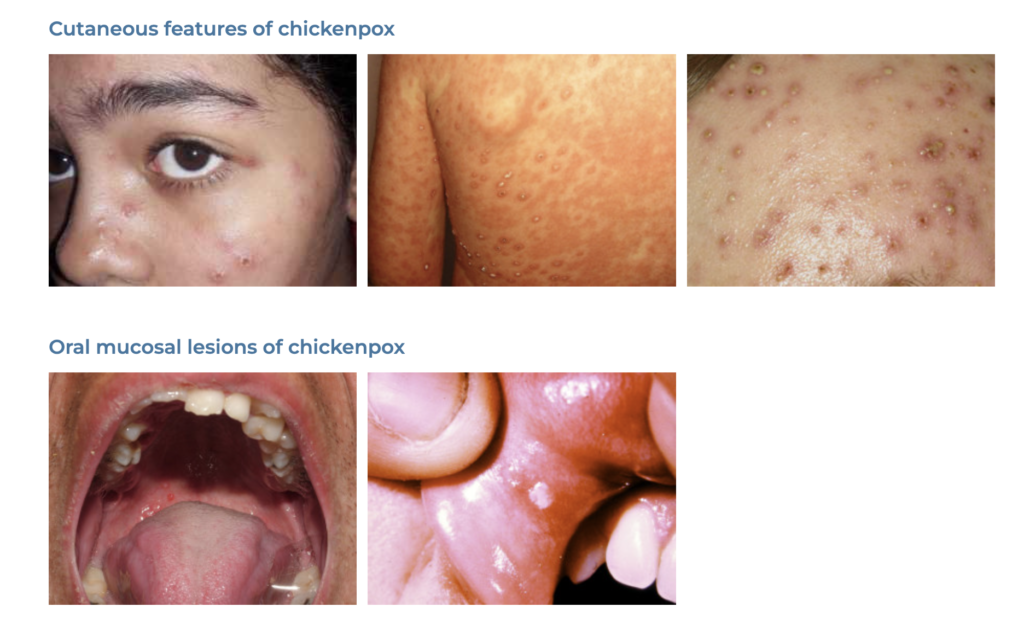
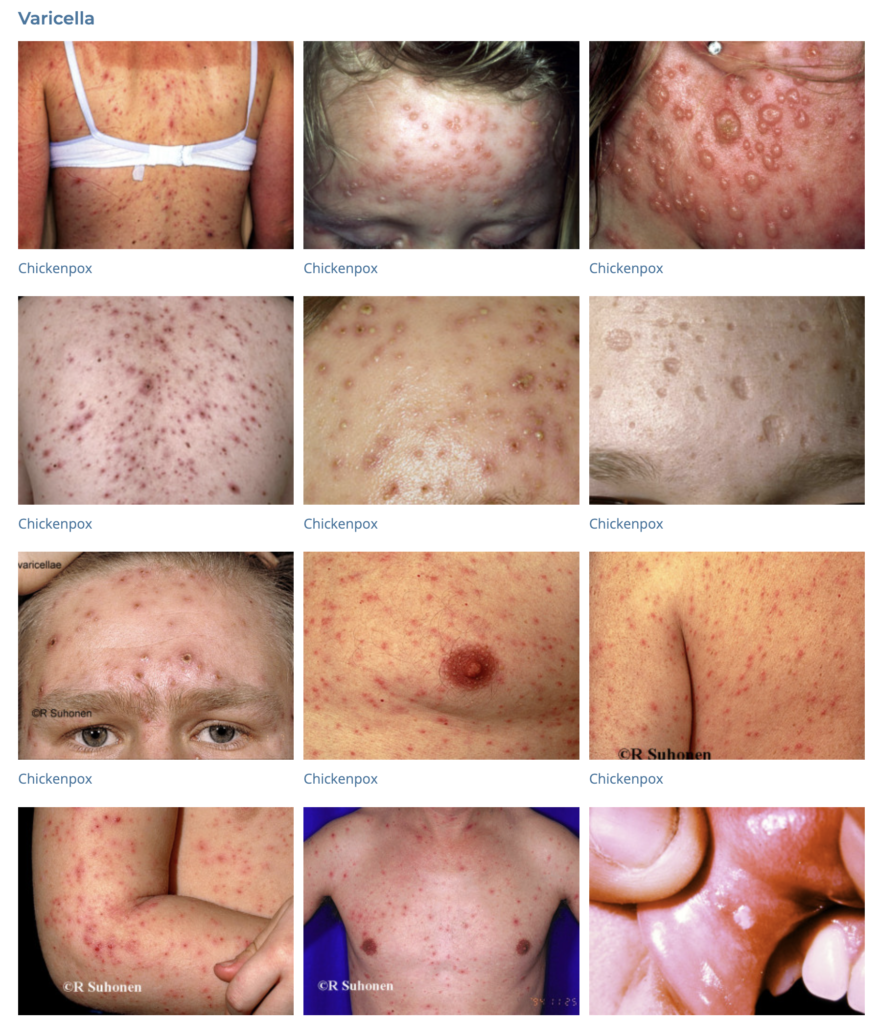
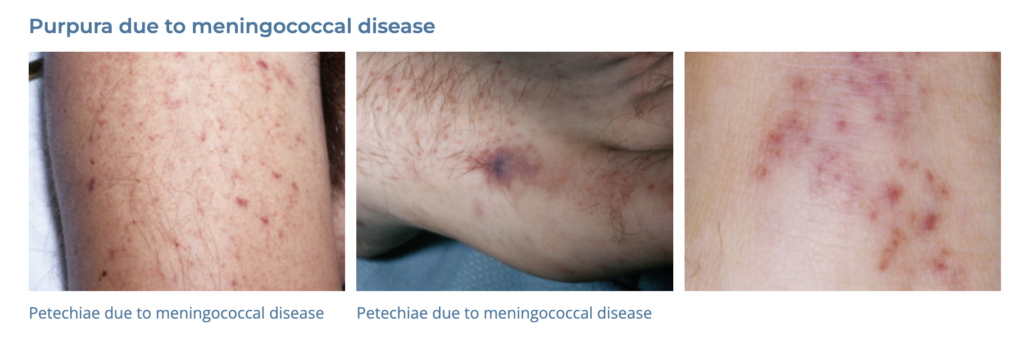
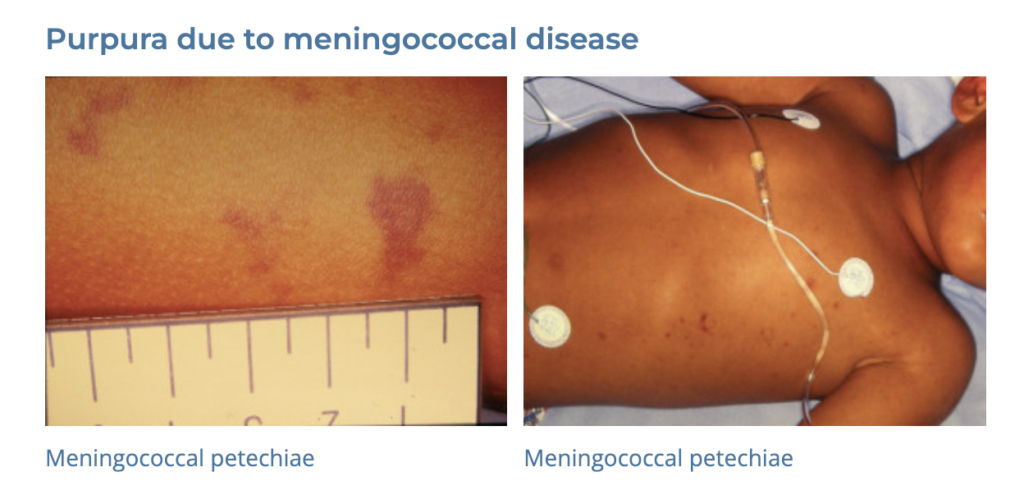
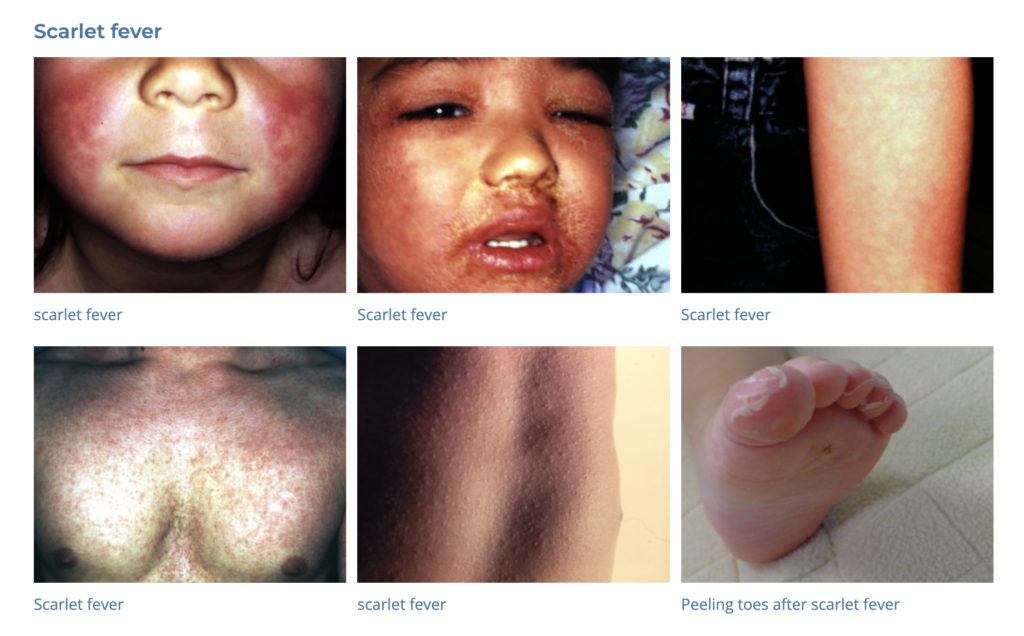
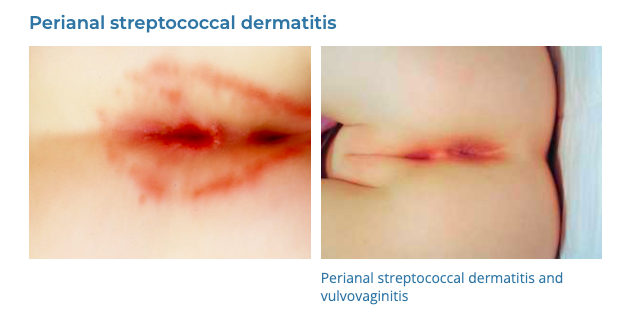
Nappy rash from Candida
